

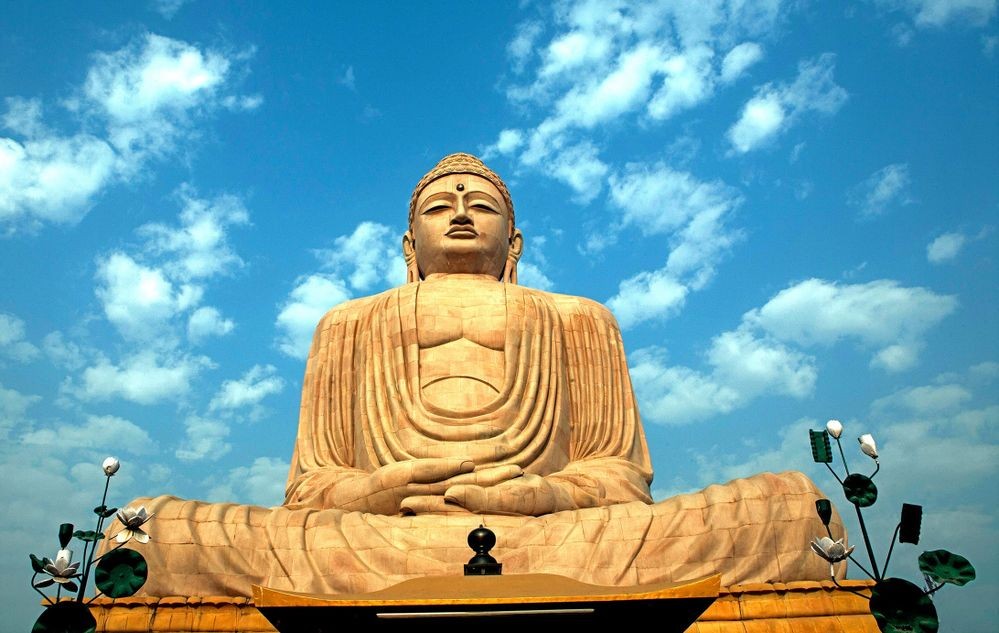
Bihar is one of the oldest inhabited places in the world with a history extending over thousands of years. The region enjoys a unique position in the annals of Indian history due to its rich heritage, culture, and archaeological sites. As a lesser-explored tourism destination, Bihar offers a myriad of untapped opportunities for tourists and travellers, beckoning them with a fascinating blend of history, spirituality, and natural beauty.
Bihar, with its rich history of spirituality, culture, and natural beauty, offers a rewarding experience to travellers. It's a place that allows you to step back in time, explore the ruins of ancient universities, meditate under a sacred Bodhi tree, marvel at architectural wonders, and lose yourself in the enchanting rhythms of folk music and dance. Indeed, a visit to Bihar isn't just a journey through the landscapes but also a voyage through the corridors of time.
One of the most compelling features of Bihar is its ties to Buddhism. The ancient city of Bodh Gaya, in particular, is a must-visit destination. As the place where Prince Siddhartha attained enlightenment and became Buddha, it's a significant pilgrimage centre for Buddhists worldwide. The magnificent Mahabodhi Temple, a UNESCO World Heritage Site, houses the Bodhi Tree under which Buddha is believed to have attained enlightenment. The temple, surrounded by serene monasteries and tranquil gardens, offers a profound spiritual experience.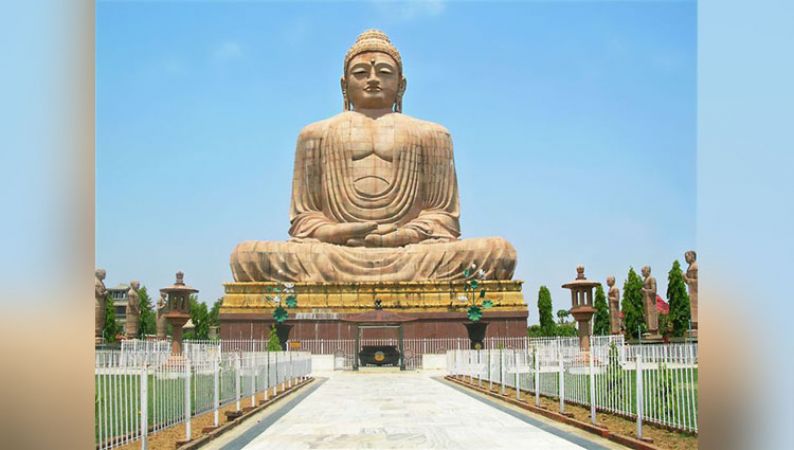
Not far from Bodh Gaya, you'll find the ruins of Nalanda University. Once a global centre for learning, Nalanda boasted students from far-flung corners of the ancient world. Today, the archaeological remains of this site include stupas, shrines, and an assortment of red-brick buildings that give a glimpse into the grandeur of ancient academia. The newly established Nalanda University and an international museum nearby pay homage to this symbol of ancient wisdom and intellectual prowess.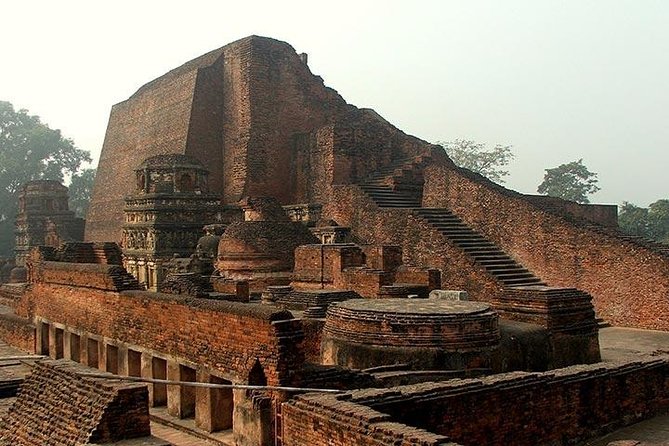
Bihar's historical timeline is dotted with periods of significant architectural developments. The state boasts numerous historical landmarks such as the majestic Golghar in Patna, a granary built by the British in 1786. Its unique beehive structure provides an unparalleled panoramic view of the city and the Ganges flowing nearby.
Equally impressive is the Patna Sahib Gurudwara, sacred to the Sikh community as the birthplace of Guru Gobind Singh Ji, the tenth Sikh Guru. The shrine, with its white edifice and domes, shines like a pearl on the banks of the Ganges, offering a place of serenity amid the bustling city.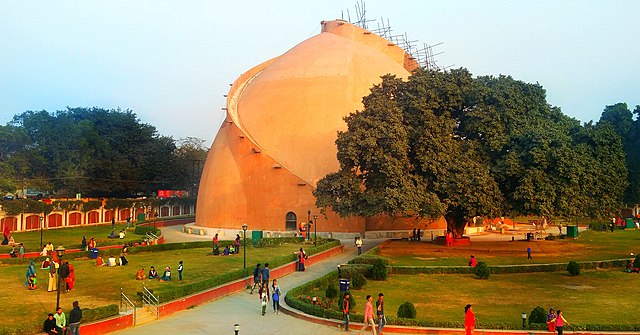
For nature and wildlife enthusiasts, Bihar doesn't disappoint. Valmiki National Park, Bihar's only tiger reserve, spans over 900 square kilometres, offering lush landscapes and a diverse range of flora and fauna. The park is home to several species, including the Bengal Tiger, Indian Rhinoceros, Black Bear, and a variety of deer. Birdwatchers will be delighted with the array of avian species, making it a paradise for photography and nature lovers.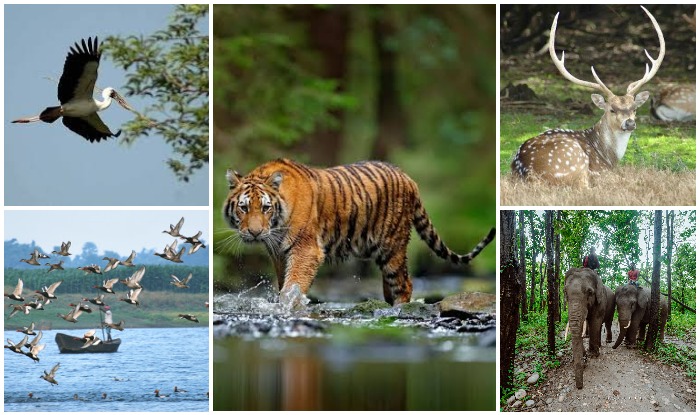
Bihar is a hotbed of traditional arts and crafts. Madhubani painting, a style of Indian painting practised in the Mithila region of Bihar, is renowned worldwide for its unique geometrical patterns. These vibrant and intricate paintings often depict nature and Hindu religious motifs, providing a unique perspective on Bihar's rich cultural tapestry.
Bihar's folk music and dance forms like Bidesia, Sohar, Jat-Jatin, and Domkach also form an integral part of the state's cultural identity. Watching these performances is a delightful experience that transports you to the rustic world of Bihari folklore.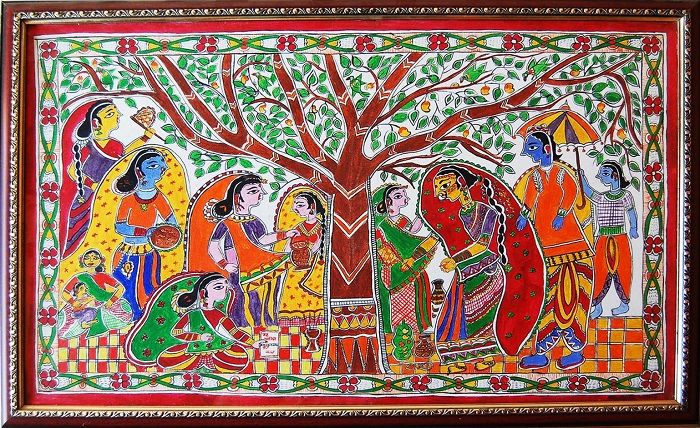
Bihar's culinary heritage is as diverse and rich as its culture. Famous for its vegetarian cuisine, the state is the birthplace of Litti Chokha, a delectable dish made of wheat balls stuffed with spiced lentils, served with roasted eggplant and tomato mash. Sweets like Khaja and Thekua are other gastronomic delights that you must try during your visit.
Bihar, being rich in culture and tradition, celebrates a host of festivals that provide a unique insight into the state's vibrant heritage.
Chhath Puja, dedicated to the Sun God, is one of the most significant and unique festivals in Bihar. The festival involves rituals performed at sunrise and sunset along the river banks, offering a captivating spectacle of faith and devotion.
The three-day Rajgir Dance Festival, or Rajgir Mahotsav, showcases a wide range of Indian classical and folk dances, bringing together artists from all over India. It's a stunning display of the country's rich performing arts heritage.
Buddha Purnima in Bodh Gaya marks the birth anniversary of Lord Buddha, attracting Buddhists from around the world for prayers, sermons, and religious discourses. The temple complex is lit with countless lamps, creating an ethereal ambience that’s unforgettable.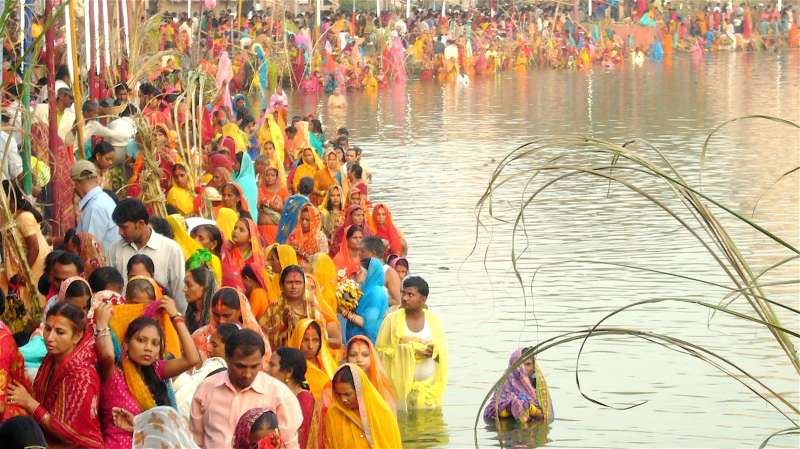
The best time to visit Bihar is during the cooler months between October and March. During this period, the weather is pleasant, with average temperatures ranging from 20°C to 30°C, ideal for sightseeing and exploring the historical and cultural landmarks of the state. The winter season also coincides with a number of festivals such as Chhath Puja, a significant cultural event in Bihar. However, for wildlife enthusiasts planning a trip to Valmiki National Park, the months following the monsoon season, from October to June, offer the best wildlife sighting opportunities.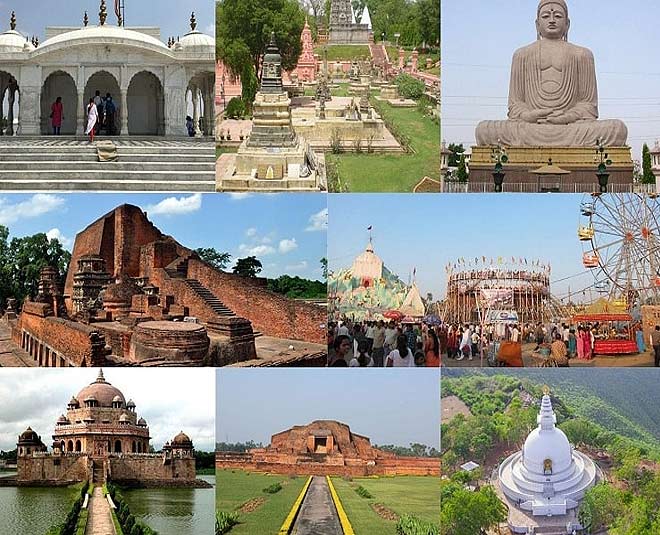
To reach Bihar, you have several transportation options available depending on your starting location and preferences. Here are the common methods of reaching Bihar:
By Air:
The major airports in Bihar are the Jay Prakash Narayan International Airport in Patna and Gaya International Airport in Gaya. These airports are well-connected to major cities in India and also have some international flights.
By Train:
Bihar has an extensive rail network, and most major cities and towns in the state have railway stations. Patna Junction is the main railway station in Bihar and is well-connected to various parts of the country. Depending on your starting location, you can choose a train that connects to the nearest railway station in Bihar.
By Road:
Bihar is well-connected by a network of national and state highways. You can reach Bihar by road through private cars, buses, or taxis. If you are coming from a nearby city or state, you can check for bus services that operate to various destinations in Bihar.